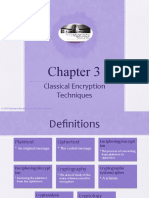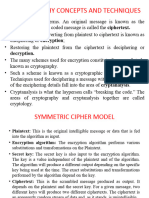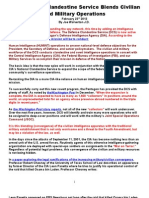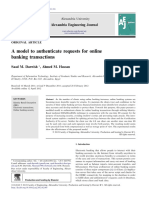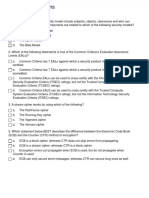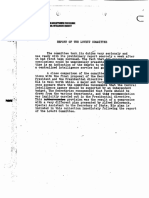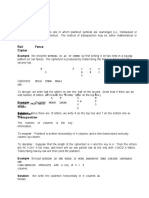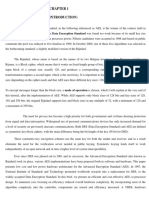0% found this document useful (0 votes)
40 views17 pagesSymmetric Encryption
Symmetric encryption uses a single secret key for both encryption and decryption. It was the earliest form of encryption and requires secure exchange and storage of the shared secret key. The document describes several symmetric encryption algorithms including the Caesar cipher, monoalphabetic ciphers using letter substitutions, the Playfair cipher which encrypts pairs of letters, and the affine cipher which uses modular arithmetic to encrypt letters. All of these algorithms aim to increase the key space and security over the basic Caesar cipher through more complex substitution techniques.
Uploaded by
Thamindu AkalankaCopyright
© © All Rights Reserved
We take content rights seriously. If you suspect this is your content, claim it here.
Available Formats
Download as PDF, TXT or read online on Scribd
0% found this document useful (0 votes)
40 views17 pagesSymmetric Encryption
Symmetric encryption uses a single secret key for both encryption and decryption. It was the earliest form of encryption and requires secure exchange and storage of the shared secret key. The document describes several symmetric encryption algorithms including the Caesar cipher, monoalphabetic ciphers using letter substitutions, the Playfair cipher which encrypts pairs of letters, and the affine cipher which uses modular arithmetic to encrypt letters. All of these algorithms aim to increase the key space and security over the basic Caesar cipher through more complex substitution techniques.
Uploaded by
Thamindu AkalankaCopyright
© © All Rights Reserved
We take content rights seriously. If you suspect this is your content, claim it here.
Available Formats
Download as PDF, TXT or read online on Scribd
/ 17


































